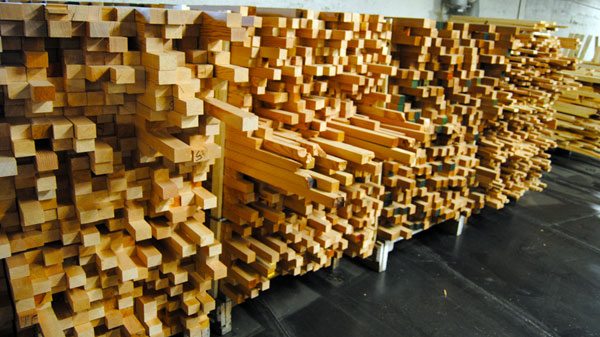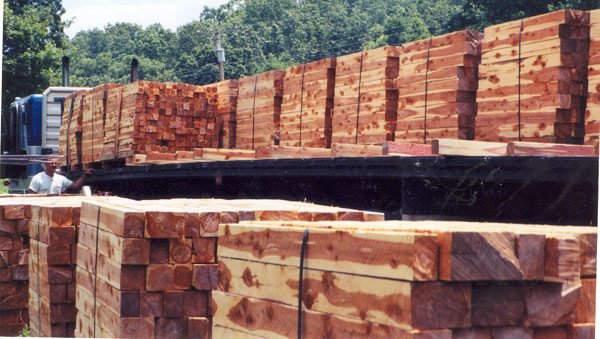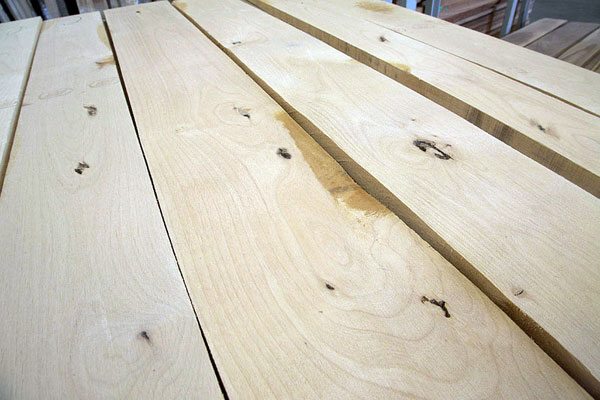
There is a lot of confusion when it comes to what defines hardwood and softwood. The answer isn’t simply the physical composition of the wood as a softwood does not necessarily come from a tree whose wood is soft, nor is a hardwood always one that is hard. Some softwoods are harder than many hardwoods and a few of the hardwoods are among our softest woods. No definite degree of hardness divides the two groups.
The distinction is this: In the lumber trade, there has developed a custom of calling the coniferous trees softwoods and the broad-leave trees hardwoods. Coniferous trees, popularly called evergreens, are those with needles or scale-like leaves. Broad-leaved trees are often termed deciduous because of those in the United States shed their leaves each year.

According to the National Lumber Manufacturers Association, softwoods found in the United States include the cedar, juniper, cypress, douglas fir, true fir, hemlock, larch, pine, red-wood spruce, tamarack, and yew.

Hardwoods include the alder, ash, aspen basswood, beech, birch, buckeye butternut, cherry, chestnut, cottonwood, elm, gum, hackberry, hickory, locust, magnolia, maple, oak sycamore, walnut, willow, and yellow poplar.

No Comments